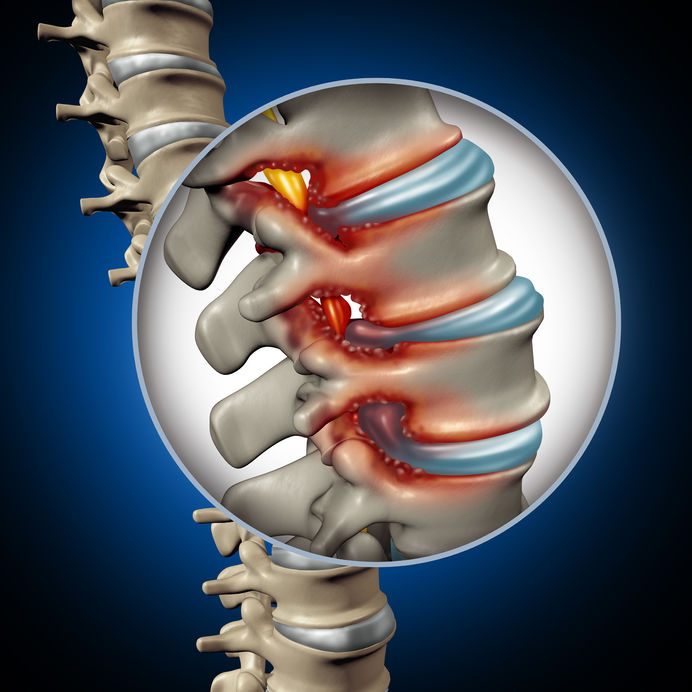Spinal stenosis is a condition associated with the narrowing of the spaces in the spine. With reduced space in the spinal canal, the spinal cord or nearby nerves can get pinched, inflamed, or compressed. This can lead to back pain, weakness, numbness, and sciatica.
While spinal stenosis isn’t generally reversible, there are many different methods that can be used to successfully treat it. The advanced orthopaedic treatments available at Hernando Orthopedic & Spinal Surgery can help patients attain lasting relief from symptoms of spinal stenosis.
Possible Causes of Spinal Stenosis
The best treatment for spinal stenosis will vary from patient to patient. This is because there’s a range of potential causes of spinal stenosis. These include:
Osteoarthritis
Osteoarthritis is a condition involving wear and tear on the cartilage in the joints. This condition affects the spine and can cause the bones in the spine to grind against each other. Over time, this can lead to the formation of bone spurs. Bone spurs take up space in the spinal canal, potentially causing spinal stenosis.
Herniated disc
The discs in between the vertebrae provide essential padding for the spine. If one of the spinal discs herniates, it can put pressure on the nerves near the disc and potentially lead to spinal stenosis.
Spinal injuries
Spinal injuries, such as a spinal fracture or dislocation, can cause spinal stenosis.
Thickened ligaments
Ligaments in the spine can thicken gradually due to arthritis, leading to reduced space in the spinal canal and, potentially, spinal stenosis.
Spinal cord cysts
If growths develop in the spinal cord or between the vertebrae and spinal cord, spinal stenosis could result.
Congenital spinal stenosis
Some people are born with small spinal canals or scoliosis. Both of these congenital spinal deformities can cause spinal stenosis.
Treating Spinal Stenosis
The best treatment approach for spinal stenosis will depend on the root of the condition. For patients with mild to moderate symptoms, nonsurgical methods and lifestyle changes often relieve pain and discomfort associated with the condition. In severe cases, spinal surgery may be recommended to remove the tissue that’s taking up space in the spinal canal and placing pressure on the nerves.
For a spinal stenosis treatment plan, schedule an appointment at Hernando Orthopaedic & Spinal Surgery today.

